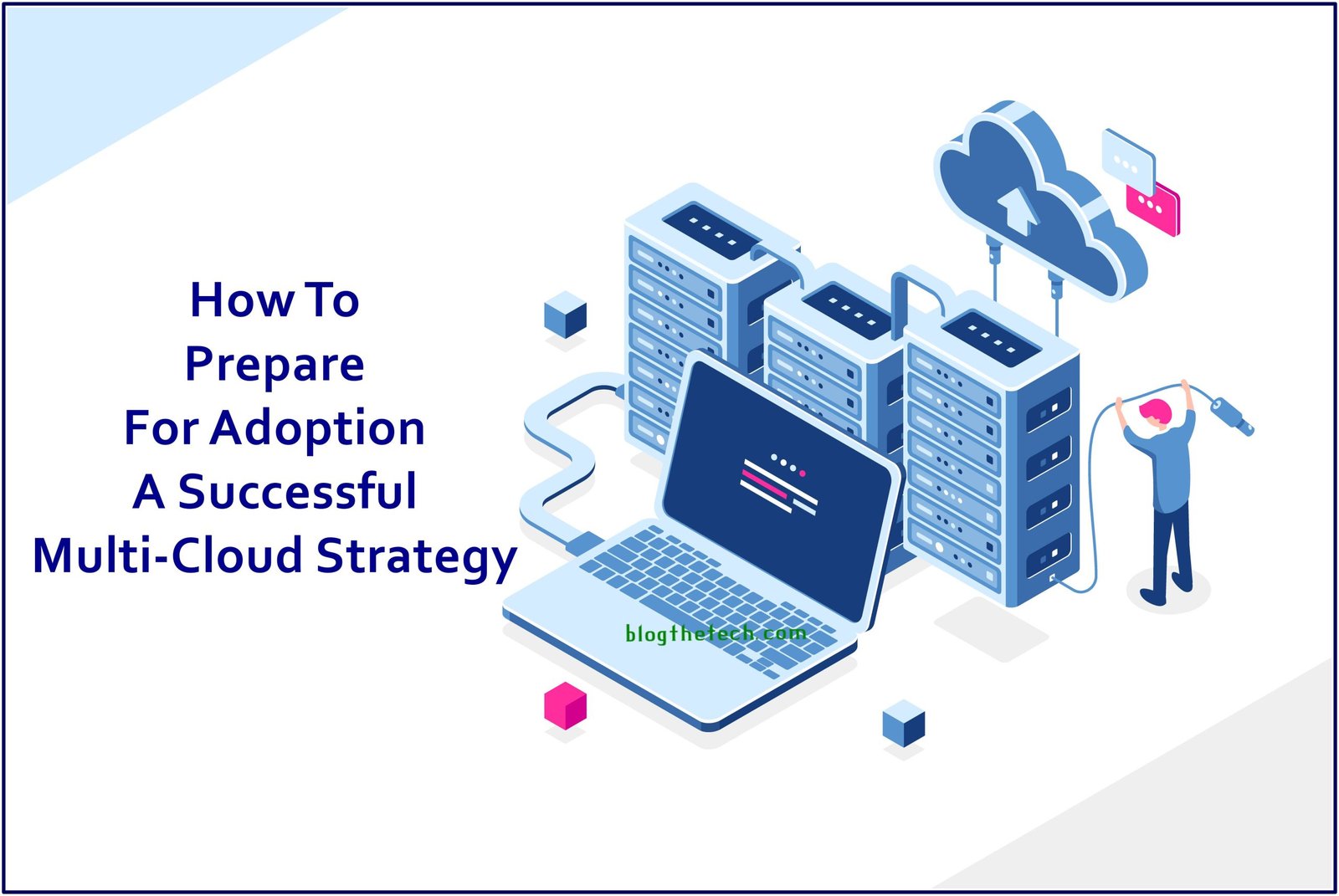Many companies have migrated to a multi-cloud model for greater elasticity, agility, and workload efficiency. This model allows enterprises to manage their application workloads, development, and testing.
To build leading applications, cloud strategies utilize AWS, Google Cloud, Azure, and other platforms. These types of infrastructure offer key values for storage, accessibility, and performance. As a software company owner, adopting a multi-cloud strategy can shift the operating model from static to dynamic. This allows you to respond to changing market trends and demands quickly, modernizing your business approach. Then, you can leverage cloud technology to improve business workflows.
Read the following steps to learn how to prepare for a multi-cloud environment properly.
Take Inventory of Enterprise Applications
Before tackling a multi-cloud strategy, take a full inventory of existing applications. Assess how the applications fit into the overarching system. Then, evaluate the value the application brings to the enterprise. This step would bring insight into how to proceed with this digital transformation.
First, eliminate any unnecessary applications. Then, review which applications are replaceable by a similar SaaS-based solution. You can find existing apps in the marketplace that are more robust and cost-effective for your company. With the remaining applications, you can either integrate them into the public, private or hybrid cloud.
Of course, you should keep any applications that make your company unique or offer a disruptive advantage over the competition. To ensure a smooth transition into modern cloud technologies, take inventory of the value each application brings to the company.
Go Beyond Cloud Native
Next, use a cloud nimble approach to your technology infrastructure. Make the shift from modern cloud computing to hybrid and multi-cloud solutions. Going beyond cloud-native solutions will set up your enterprise for increased speed, portability, and security. To make your operations cloud nimble, implement a multi-cloud DevOps strategy. This allows development teams to work in a consistent environment, transfer migrated systems quickly, and spread workloads across both public and private domains. Going cloud nimble also provides a consistent operating model and security posture while still maximizing vendor choice. Certainly, take this strategy to adopt a multi-cloud strategy successfully.
Avoid Vendor Lock-In
You can avoid vendor lock-in with a multi-cloud strategy. Take the proper precautions to get stuck on one platform. Do not engage in past offerings or Platform-as-a-Service (PaaS) agreements. Instead of using hosted applications, consider building portable solutions. Moving to a multi-cloud environment requires application portability, so set up your application using Kubernetes or Docker containers.
Additionally, avoid solutions that are platform-specific and opt for generic data formats and RDBMS engines wherever possible. By minimizing the risk of operating on one platform, your enterprise can better manage halted systems, downtime, or power outages. Taking these steps to avoid vendor lock-in will help you as you adopt a multi-cloud model.
Implement Proper Security Protocols
Next, you must focus on implementing proper security protocols before transitioning to a multi-cloud business strategy. In a multi-cloud infrastructure, proper security protocol will establish who has control over critical information and set the roles accordingly. Moreover, it gives you visibility and control over the sensitive information within the application. This way, organizations can share information between different cloud-based infrastructures securely.
To alleviate this challenge, you can monitor security under a single, unified protocol for the organization. Implementing appropriate security protocols will prepare your company for the multi-cloud strategy.
Monitor Performance
Next, you must plan to monitor performance to jumpstart a multi-cloud operation. To build a single control plane and measure performance, you can enlist the help of a managed services provider. A single control plane will manage the entire multi-cloud landscape and thus give you further visibility into events, incidents, and costs.
Also, the plane yields increased levels of orchestration and automation. In fact, you can provision specific items, containers, registries, and applications as code. Monitoring will identify your advantages and empower you to make business decisions at a faster rate. Thus, you can maximize a DevOps-style of infrastructure. Commit to monitoring app performance so you can undertake the complexity of the multi-cloud model.
To prepare for a multi-cloud strategy, follow these steps for adoption. Start by taking inventory of all the existing applications in the cloud and on-premises. Then, take a cloud nimble approach to facilitate your DevOps workflow and development environment. Prevent vendor lock-in using your strategy by avoiding platform agreements and platforms-specific solutions. Once implemented, set up security protocols to protect sensitive data across multiple cloud platforms. Finally, monitor your application and organizational performance for any potential events, incidents, or changes. Following these adoption steps, you can ensure a smooth transition to a multi-cloud strategy.





